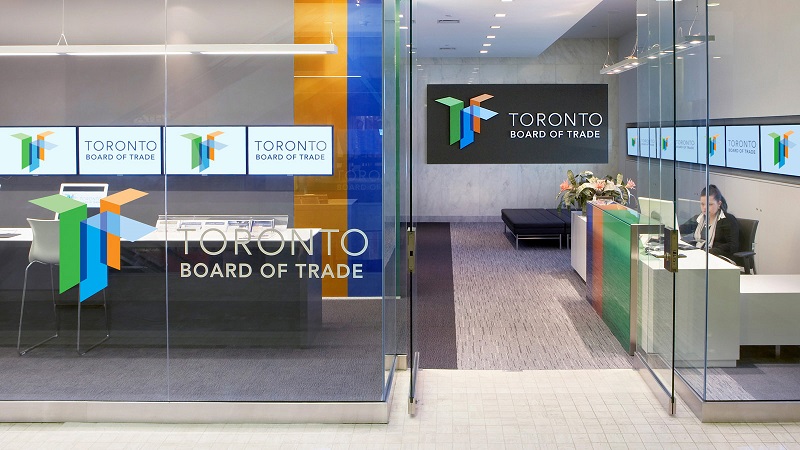What are the essential building blocks of market integrity? Information, and fair access to that information. Transparency, but not onerous transparency.
“There was a lack of fixed-income data, and large investors had better access to data,” said Ruxandra Smith, Senior Accountant at the Ontario Securities Commission (OSC), the first of three speakers at a luncheon sponsored by the CFA Society Toronto on changes in the fixed income markets in Canada. The event was held at the Toronto Board of Trade on September 18, 2015.
Smith was referring to hot-button issues identified in the April 2015 report on the Canadian fixed income market by the OSC. Areas of interest in the report included trade data transparency, market activity monitoring and oversight, and new issue allocations.
The luncheon was lively with talk, because the day before—September 17—Canadian Securities Administrators (CSA) announced a new system to report corporate bond trades. (The CSA is the umbrella group for all provincial securities regulators.) The first part will launch in July 2016; the second, a year later.
“The objectives of fixed income regulation are to facilitate decision-making—including retail investors,” said Smith. “The regulators didn’t have the data so we couldn’t do our jobs.”
Canada already has transparency in performance and cost reporting, Smith said—“the only jurisdiction I know of with such measures.”
Now, regulators will get more information about performance, which will “enhance transparency, especially on corporate bonds,” Smith said. “If regulators don’t have access, then it is difficult to make policy decisions.”
Regulators pay attention to market integrity, and investors’ perceptions of market fairness. “Investor confidence and the regulatory environment are two factors that we take into account.”
As far as access of retail investors to new bond issues, she said regulators “want to study issuancy before taking any action.”
Smith is pleased the new changes will leverage Investment Industry Regulatory Organization of Canada (IIROC) systems. “We have so many registrants, we rely on IIROC to do the groundwork. They are there at the front. We rely on IIROC to do surveillance,” she said.
Earlier this year, IIROC announced implementation of Client Relationship Model (CRM2) reforms with the objectives of more transparency in keeping retail investors informed about “how much was invested? and how much is it worth now?”
The trading data will have a time-lag of two days, Smith said, to protect the anonymity of market participants. Perhaps this delay will be shortened over time. “TRACE also started with a dissemination time of 75 minutes,” she reminded the audience, referring to the Financial Industry Regulatory Agency’s Trade Reporting and Compliance Engine. ª
Click here to read about the second panellist at the fixed-income markets event.
Click here to read about the third panellist at the fixed-income markets event.


